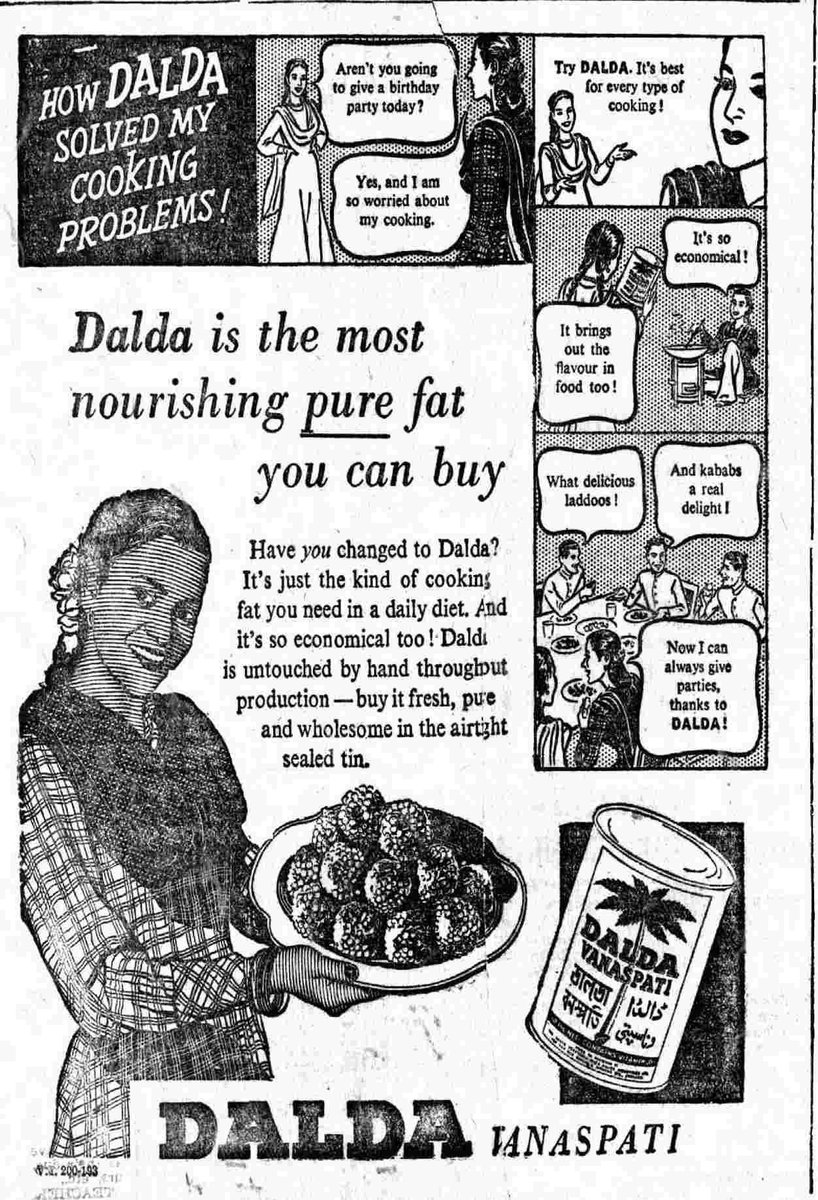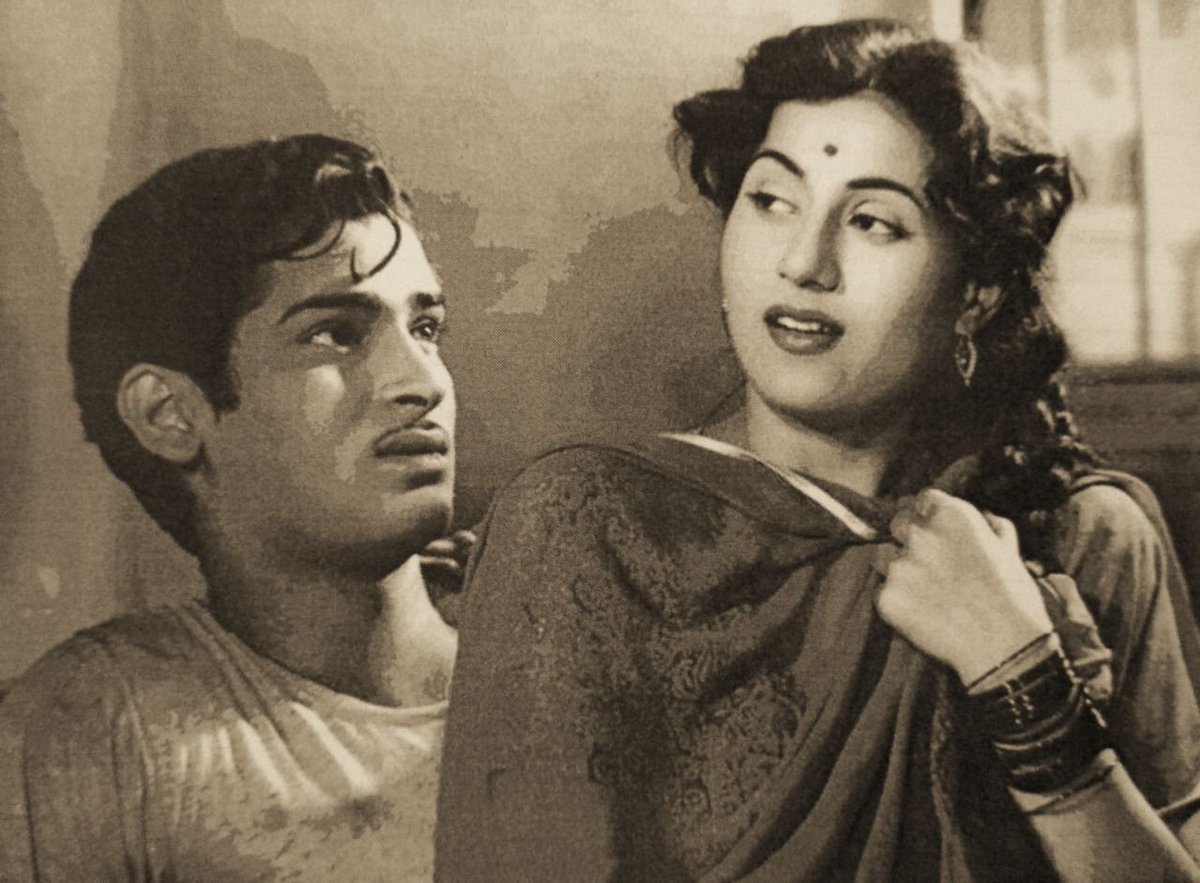
Sound is one of the primary elements of cinema and, ushering in the ‘talkies’ era to Indian cinema was the movie Alam Ara. The film released #onthisday in 1931 at Majestic Theatre in Bombay and was such a hit that police had to control the crowds.
1/4
1/4

Alam Ara (Ornament of the World) was directed by Ardeshir Irani, who also produced India’s first colour film Kisan Kanya (1937). Based on a play of the same name written by a Bombay-based Jewish dramatist, it revolved around an ageing king and his two rival queens.
2/4
2/4

The cast of India’s first ‘talkie’, Alam Ara, was led by Zubeida, Master Vithal and Prithviraj Kapoor. Unlike the silent era, where actors of foreign descent were often cast, Alam Ara needed actors who were fluent in Hindustani, the language in which the film was made.
3/4
3/4

Not a single print of India’s first ‘talkie’, Alam Ara, survives but you can read the full story of the making of the film here:
4/4 #MakingofModernIndia
livehistoryindia.com/forgotten-trea…
4/4 #MakingofModernIndia
livehistoryindia.com/forgotten-trea…
• • •
Missing some Tweet in this thread? You can try to
force a refresh















